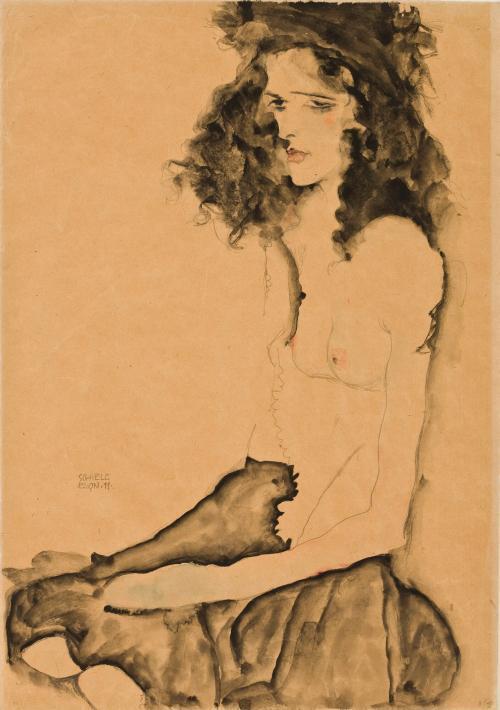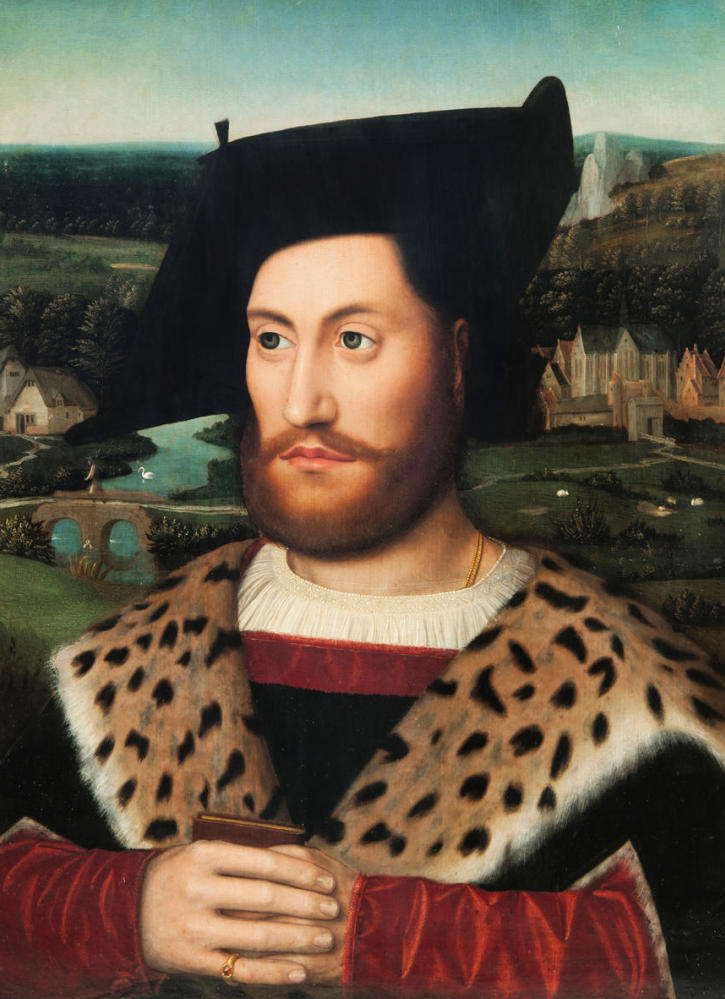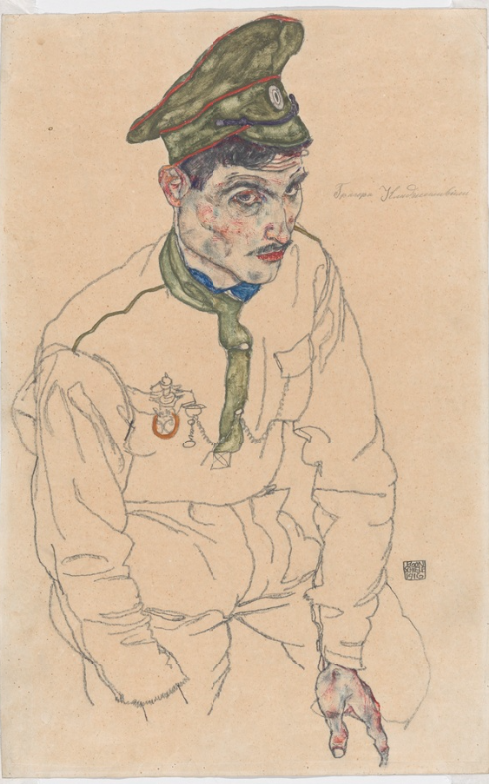In an unusual move, New York investigators have seized three artworks from out-of-state museums, alleging that they were stolen from a Jewish art collector during the Holocaust and rightfully belong to the heirs of the victim. The Manhattan district attorney’s office issued warrants to the Art Institute of Chicago, the Carnegie Museums of Pittsburgh, and the Allen Memorial Art Museum at Oberlin College in Ohio for works by the Austrian Expressionist Egon Schiele from the 1900s.
Read more:
Prosecutors assert that there is reasonable cause to believe that these artworks constitute stolen property and should be returned to the descendants of Fritz Grünbaum, a prominent Jewish art collector and cabaret artist who perished at the Dachau concentration camp in Germany in 1941.
While the district attorney’s office refrained from providing further details, it confirmed to the New York Times that the seizures are part of an ongoing investigation into approximately a dozen Schiele works believed to have been looted by the Nazis and at some point trafficked through New York. This legal action marks a shift from civil court to criminal court for Holocaust art recovery cases that had been previously contested.
Legal experts suggest that this move may set new precedents in the field of Holocaust art recovery. Attorneys are always looking for new precedents in this field of law, and this shift will undoubtedly impact how cases are resolved.
The seized Schiele works include “Russian War Prisoner” (1916), valued at $1.25 million and taken from the Art Institute; “Portrait of a Man” (1917), valued at $1 million and seized from the Carnegie Museum of Art; and “Girl With Black Hair” (1911), valued at $1.5 million and taken from Oberlin. These artworks will be transported to New York at a later date.
In response to the seizures, the Art Institute stated, “We are confident in our legal acquisition and lawful possession of this work. The piece is the subject of civil litigation in federal court, where this dispute is being properly litigated and where we are also defending our legal ownership.”
The Carnegie Museum expressed its commitment to ethical, legal, and professional norms and vowed to cooperate fully with relevant authorities. The Oberlin Museum has not yet responded to requests for comment.
Before these recent actions, the heirs of Fritz Grünbaum had filed civil claims against not only the three museums but also the Museum of Modern Art and the Morgan Library and Museum in New York City, the Santa Barbara Museum of Art in California, and several individual defendants. The plaintiffs seek the return of around a dozen Schiele works that were once owned by Mr. Grünbaum and are currently in the United States.
The heirs, including Timothy Reif, a judge on the U.S. Court of International Trade, David Fraenkel, a co-trustee of Mr. Grünbaum’s estate, and Milos Vavra, contend that Mr. Grünbaum never ceded rightful ownership of his collection and that it was illegally dispersed after the war. In 2018, the plaintiffs obtained a favorable judgment related to a Nazi “power of attorney,” which they hope will serve as a precedent for their claims. The judgment highlighted that a signature obtained under duress cannot validate the transfer of personal property.
Egon Schiele was an Austrian Expressionist painter who garnered admiration from a significant number of Jewish art collectors, whose art collections fell victim to looting during the Nazi era. This widespread looting occurred in Germany starting in 1933, in Austria following the Anschluss in 1938, and in France during the German occupation in 1940. Consequently, the 21st century has seen a multitude of restitution cases revolving around artworks by Schiele.
First published: 23:38, 09.14.23





